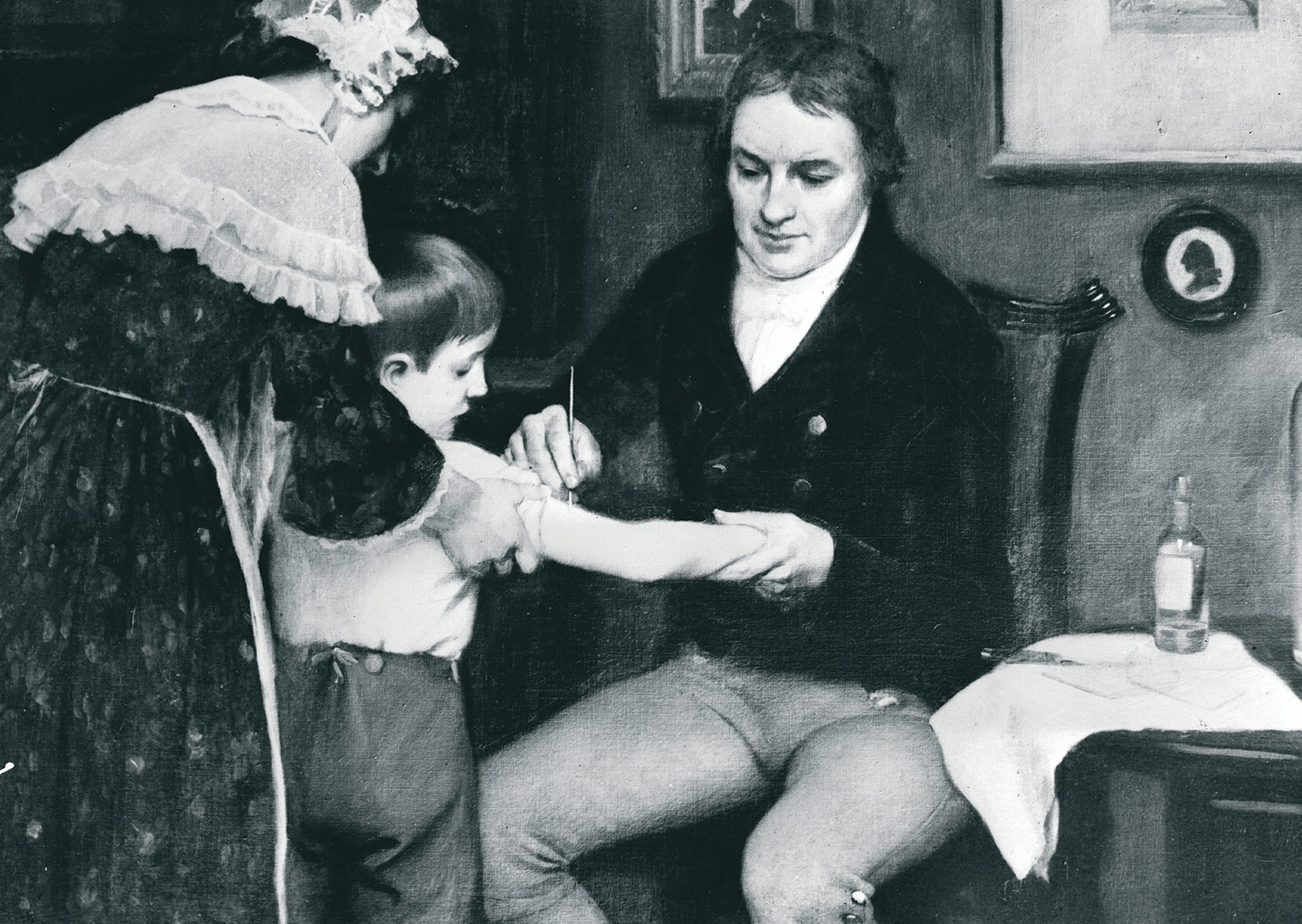
The demographic transition model (DTM) was developed in 1929 by the US demographer Warren Thompson. It was based on observations of societies in western Europe such as Great Britain, France and Sweden, using 200 years of historical data. Thompson used the data to create a four-stage model of demographic change and concluded that population change is closely linked to economic development. He then used the theory to predict that other nations would follow a similar demographic pathway as their economic development progressed.
The model shows how a population will change over time as a result of variations in the birth and death rates. The glossary on p. 14 defines key terms that you should learn and refer to in examination answers.
Your organisation does not have access to this article.
Sign up today to give your students the edge they need to achieve their best grades with subject expertise
Subscribe




